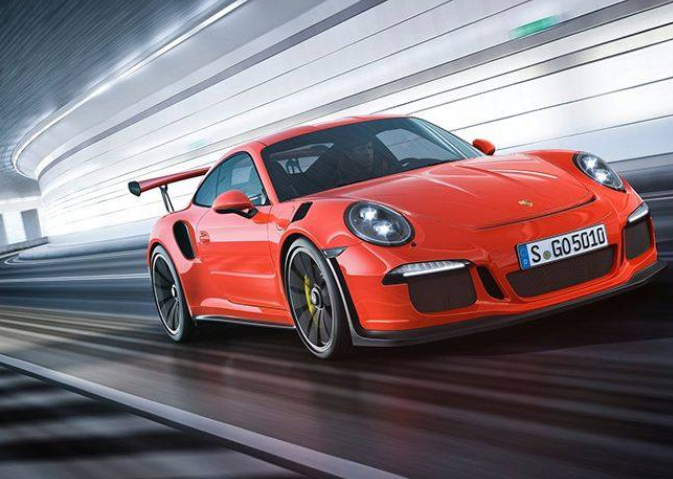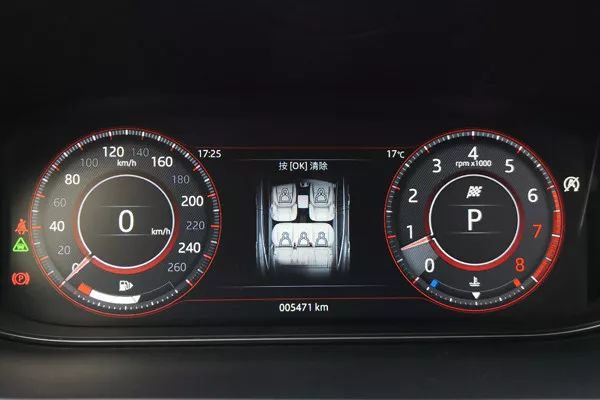Shanghai/Stuttgart.
In March 1999, the first-generation Porsche 911 GT3 was unveiled at the Geneva Motor Show, heralding a new era for discerning sports car drivers. Compared with other Porsche 911s, the GT3 model shows a more obvious Porsche motorsport gene. The first-generation Porsche 911 GT3 was jointly developed by two-time world rally champion Walter Röhrl and racing engineer Roland Kussmaul, together with Porsche motorsport experts in Weissach. Road performance and handling brought to the road. Subsequently, this road-legal sports elite has undergone several generations of evolution, becoming more and more fast, precise and dynamic. What remains consistent is the classic naturally aspirated engine, manual gearbox and rear-wheel drive, making it the most popular 911 model for pure sports car fans.
The track version of the Porsche 911 GT3 also continues to write motorsport history. The GT3 series cars have not only won a large number of group championships, but also successively won the overall championship in many heavy endurance races, including the 24 Hours of Spa, the 24 Hours of Daytona, and the seven GT3 championships since 2001. Winner of the 24 Hours of Nürburgring. One of the secrets of the success of the Porsche 911 GT3 is that the experience and innovations in motorsport can always be fed back into the development of new road versions. So it’s no surprise that around 80 percent of the 911 GT3s on the market are regularly off the track.
Successor to the 911 Carrera RS 2.7: the original GT3 model launched in 1999
On the eve of the turn of the century, the first Porsche 911 GT3 was unveiled. Continuing the tradition of the legendary 911 Carrera RS 2.7 from the 1970s, the car packs advanced racing technology. However, this time the model did not continue to use the name “RS” that represents motorsports, but chose a brand new model code “GT3”-this is the group that the track version of the new car will compete in. The first 911 GT3 was powered by a 3.6-litre six-cylinder water-cooled engine with an output of 265 kW (360 PS). This allowed the new car to be crowned with glory even before its Geneva debut: the first 911 GT3, driven by Walter Roll, completed the 20.8 km mileage on the Nurburgring Nordschleife in less than 8 minutes, the most road sports car at the time. A new benchmark has been set.

The performance beyond expectations is not only due to the track-tested boxer engine, but also due to the precise adjustment of the overall package: the chassis has been lowered by 30 mm and the braking system has been further strengthened. The six-speed manual transmission is derived from the 911 GT2. Gearbox ratios, axle geometry, anti-roll bars and springs can be adjusted to track conditions. Compared with comfort, the vehicle pays more attention to lightweight structure. Another element that underscores its track pedigree is the fixed rear wing of the 911 GT3. Additionally, customers can opt for a Clubsport version of the 911 GT3 with a bolted roll cage.
In May 1999, the first Porsche 911 GT3 rolled off the assembly line in Weissach. As the basis for the track version, the 911 GT3 also laid the foundation for the success of the 911 GT3 Cup and even higher-level racing cars, the 911 GT3 R and GT3 RSR. These cars have all achieved impressive results in one-make racing and GT racing over the next few years.
Rapid iteration of new models
After the success of the original 911 GT3, Porsche updated the road-going model every three to four years. In 2003, Porsche introduced the VarioCam continuously variable valve timing system for this boxer engine, which increased the output to 280 kW (381 PS). This GT3 model can also be equipped with the ultra-high performance Porsche Ceramic Composite Brake (PCCB). Three years later, the new model has an output of 305 kW (415 PS) and for the first time features active suspension with the extremely sporty Porsche Active Suspension Management (PASM). In 2009, the engine displacement was further enhanced, and the output of the 3.8-liter six-cylinder boxer engine reached 320 kW (435 PS). The new rear wing and the entire underbody can generate continuously increased downforce, which is more than double that of the previous model.

2013 is the 50th anniversary of the Porsche 911, and the fifth-generation 911 GT3 also ushered in the world premiere at the Geneva Motor Show. The vehicle’s engine, drivetrain, body and chassis are all completely new developments. The naturally aspirated 3.8-litre engine produces 350 kW (475 PS) and is coupled for the first time with a Porsche dual-clutch transmission (PDK) and active rear-axle steering. Greeting the world for the first time, this 911 GT3 lapped the Nürburgring Nordschleife in 7 minutes and 25 seconds, more than half a minute faster than the record set by the original 1999 model.
The current latest model, the 911 GT3, was released in 2017. The focus of the development is still on the six-cylinder boxer engine: the displacement of the new model has been increased to 4.0 liters and the output power is up to 368 kW (500 PS)




